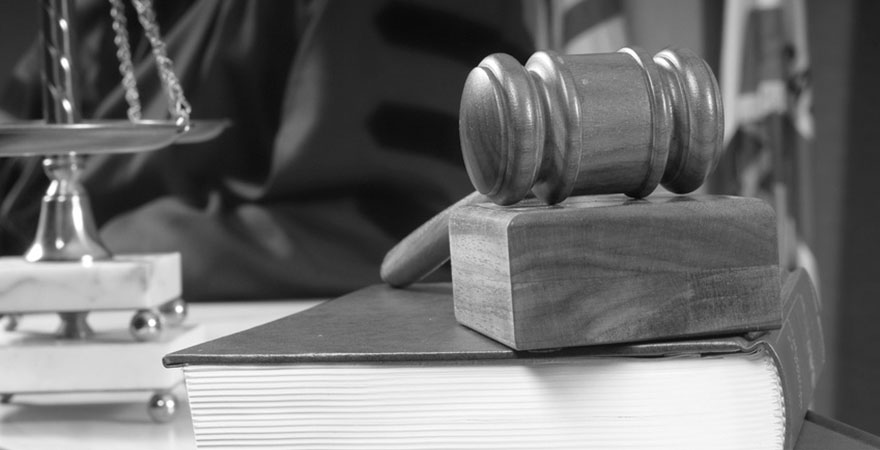History of Criminal Defense Law and Lawyers
Criminal Defense Attorneys
In order to convict a criminal defendant, the prosecutor must prove the defendant guilty. During this process, the defendant is provided with an opportunity to present a defense. There are many types of defenses – Insanity, Automatism, Intoxication, Mistake of fact, Necessity/Lesser Harm, Self Defense, Duress, and Legal Duty.
The idea that criminal defendants should not be held guilty because of their mental state has been deep-rooted in the Anglo American law since ages. As early as 1581, a legal treatise established the difference between good and evil. Around the 18th century, British courts had convoluted on this difference, which came to be known as the ‘wild beast’ test. For more than 100 years, the American courts regarded M’Naughten case, a Scottish woodcutter who made an attempt to assassinate the prime minister, to pass verdicts. In 1954, an appellate court rejected the ruling and ‘irresistible impulse’ test for a broader and medical-based determination. In the Durham vs. United States, the U.S. Court of Appeals for the District of Columbia ruled that a defendant will not be held responsible if his act was because of mental disease or defect. This ruling was found to be vague and difficult to apply and in 1972, a team of federal judges upturned the ruling in support of the Model Penal Code test.
By the 1960s, the American Law Institute came up with a model insanity defense stature to allow medical and psychiatric evidence. In 1981, John Hinckley Jr. shot the U.S. President Ronald Reagan and a few other people. He claimed that he was trying to impress actress Jodie Foster. He was acquitted on grounds of insanity. It created a furor calling for the abolishment of the law. In the 80s and the 90s, it was made difficult to obtain an insanity plea and again moved towards M’Naughten test. The ‘guilt but mentally ill’ ruling in many states is considered to be a great development in insanity defense law.
Infamous Criminal Defense Trials
Charles Darrow is considered to be the greatest criminal defense lawyer in the U.S. He is known for defending teenage killers Leopold and Loeb accused of murdering 14-year-old Robert “Bobby” Franks to the Ossian Sweet case. In the Leopold-Loeb trial, Darrow with the help of witnesses proved that the teenagers were mentally ill. In the Scopes Trial, Darrow defended John Scopes where he was pitted against William Jennings Bryan. The Butler Act, forbade the teaching of The Evolution Theory, was put to test. During the course of the trial, Bryan was asked to stand as an expert witness on the Bible.
The Ossian Sweet case is a good example of self-defense. Dr. Sweet and 3 family members were brought to trial for attempting to throw a black family out of the home in Detroit. Darrow along with Thomas Chawke defended Ossian’s brother Henry, who had confessed to firing a shot, was found not guilty on the grounds of self defense. The charges were dropped on others too.
These are some of the examples that tell us how criminal defense laws have been used in certain trials.

